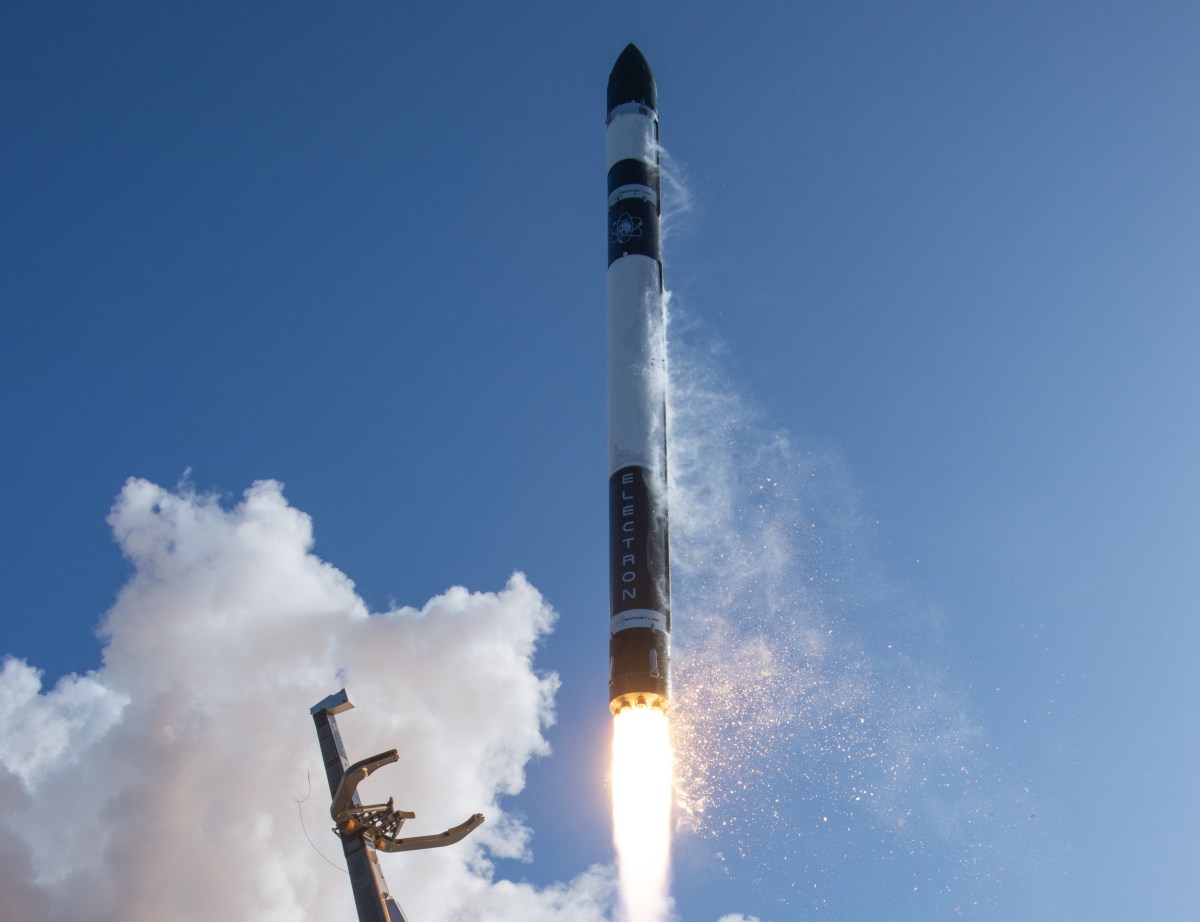Each company will design and build a satellite capable of rendezvousing with other spacecraft in orbit at close proximity, as well as command and control centers for the mission.
© 2024 TechCrunch. All rights reserved. For personal use only.
Rocket Lab and True Anomaly will attempt to deliver and operate space hardware for the military under intentionally tight time frames, as part of the Space Force’s push to solicit “tactically responsive” space capabilities from commercial companies.
Each company will design and build a satellite capable of rendezvousing with other spacecraft in orbit at close proximity, as well as command and control centers for the mission. As part of Rocket Lab’s $32 million contract, it will also launch the satellite with its Electron rocket. True Anomaly will partner with an unnamed “trusted commercial launch provider” for its ride under its own $30 million contract, according to a statement.
Notably, True Anomaly said it would also “leverage $30 million of internal private capital” for the mission, so it will spend a combined $60 million to stand up its Jackal for this contract.
The target for spacecraft delivery under the contract, called Victus Haze, is fall 2025. Once the spacecraft have been built, the two companies will enter successive phases, including a “hot standby” phase where they must essentially remain ready to respond to the Department of Defense’s notice to manifest the satellite and launch. Once in orbit, Rocket Lab and True Anomaly must rapidly commission and ready their spacecraft for operations — with each other.
If all goes to plan, Rocket Lab’s Pioneer satellite will conduct the so-called rendezvous and proximity operations with True Anomaly’s Jackal spacecraft.
The new contracts are similar to those awarded to Firefly and Millennium Space in 2022, which saw Millennium deliver the satellite for launch by Firefly. That mission, called Victus Nox, was executed last September. Under that mission, the two companies had to integrate the payload and ready the rocket in less than 58 hours; then, Firefly was given just 24 hours to launch.
While exact timelines for the Victus Haze mission were not disclosed by either Rocket Lab or True Anomaly, the former company did say in a statement that the mission “will improve … processes and timelines.”
The new mission also includes a handful of additional, ambitious requirements, like on-orbit spacecraft maneuvering, which is meant to simulate a real-life rendezvous with an adversary satellite.
“We recognize the significant opportunity to leverage the commercial space industry’s innovations to counter China as America’s pacing threat,” Space Systems Command program executive officer Col. Bryon McClain said in a statement. “The United States has the most innovative space industry in the world. Victus Haze will demonstrate, under operationally realistic conditions, our ability to respond to irresponsible behavior on orbit.”

Leave a Reply